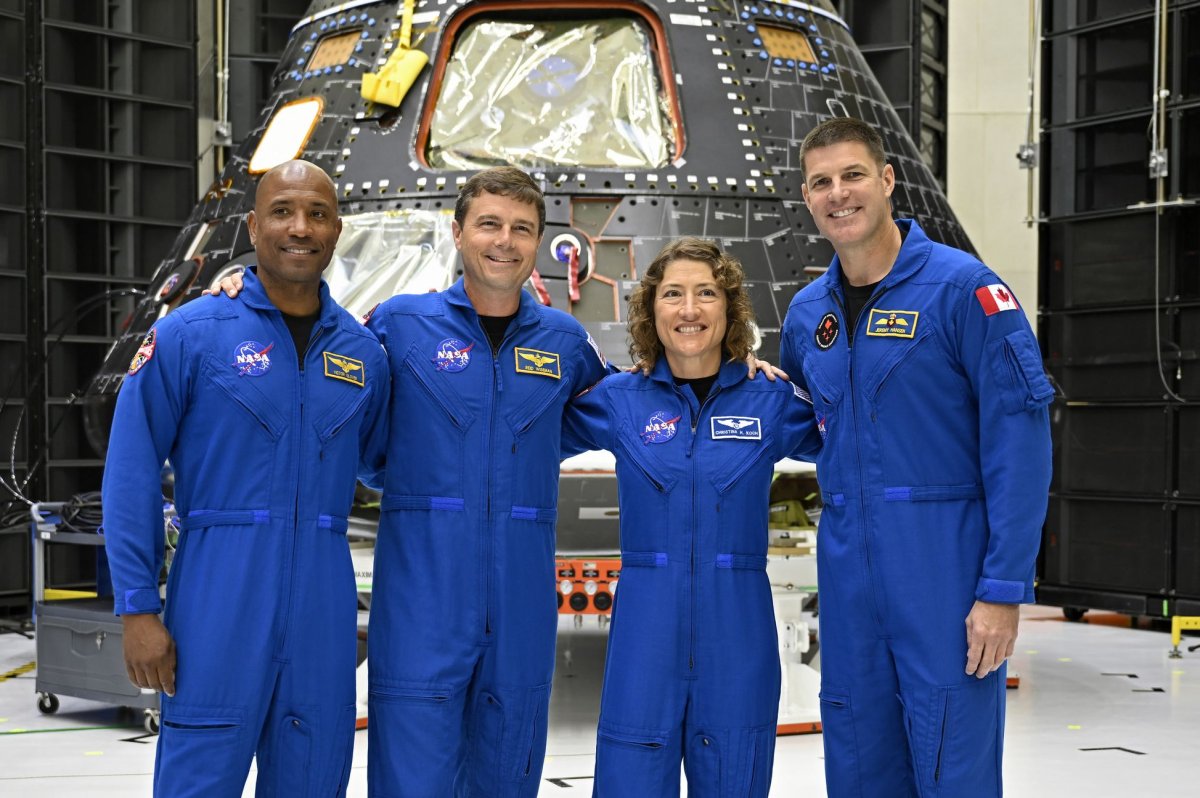Aug. 8 (UPI) — NASA officials announced on Tuesday that the agency’s Artemis moon mission schedule remains on track, despite ongoing collaboration with private companies, notably SpaceX, and international partners.
During a press conference at the Kennedy Space Center in Florida, James Free, associate administrator for exploration systems development, expressed his concerns about the critical tasks that need to be completed for the success of future space expeditions.
The target launch date for Artemis II, which will head to the moon, is set for late November 2024, while Artemis III, the mission to land astronauts on the moon, is scheduled for launch in December 2025.
One of Free’s main concerns is the testing and deployment of SpaceX’s Starship in time for Artemis III. Starship is designed to land astronauts near the moon’s ice-rich south pole.
Free previously expressed concerns about whether Elon Musk’s SpaceX will be able to meet NASA’s timeline. He provided an update on a recent visit to SpaceX engineers to review their progress and launch schedules.
“My concern remains because they haven’t launched,” said Free. “The visit provided valuable insight, allowing our teams to discuss and address important details. We emphasized the importance of having a comprehensive understanding of the entire picture.”
Free also mentioned that if necessary, NASA would explore the possibility of launching a different mission in December 2025.
“We are holding all contractors to the December ’25 date,” he explained. “If there are significant delays, we have considered alternative missions.”
The primary challenge facing the next mission is excessive charring to the heat shield of the Orion spacecraft during the Artemis I return flight.
Free stated that NASA’s investigations are getting closer to determining the root cause, and he expects a final resolution by April at the latest.
Artemis I experienced multiple delays before its November launch, including postponements caused by Hurricane Ian and Hurricane Nicole, as well as operational issues.
For Artemis II, the crew consisting of three American astronauts and one Canadian astronaut had their first look at the Orion spacecraft and its new hardware. Training is currently underway, and a nighttime recovery test has recently been completed, according to NASA.
Artemis II will serve as a manned flight to and beyond the moon, testing NASA’s space launch system and the Orion spacecraft. The spacecraft will orbit the Earth twice to gain speed before orbiting the moon and returning to Earth on a “free-return trajectory”.
This mission will take astronauts farther from Earth than any previous mission, with an estimated duration of 10 days that could be extended up to three weeks, if necessary, to meet additional objectives.
“We are excited,” said mission commander Reid Wiseman. “When you turn the corner and see the spacecraft that will take you to the moon, it’s a great feeling.”
Artemis II will undergo a thorough system check 90 minutes after launch. If any significant issues are found, the crew will return to Earth. In fact, the spacecraft has the capability to return within the first 24 hours of the mission if necessary.
“If the conditions are unfavorable, we come back,” said Wiseman, who was selected as an astronaut in 2009 and previously served as the head of the Astronaut Office. “I appreciate the emphasis on safety in this mission profile. There is a strong sense of trust in this team.”
The crew has been engaging in various activities since April, including meetings with Lockheed Martin engineers in Denver, studying the spacecraft’s systems at Johnson Space Center in Houston, and receiving training from the U.S. Navy, as Wiseman himself is a former naval aviator.
According to Wiseman, the success of Artemis II is already evident in the continuous learning and preparation for an eventual mission to Mars.
“The success of Artemis II will be seen when our colleagues are on the lunar surface assembling Gateway, following in our footsteps and eventually walking on Mars,” he said.
Gateway is a lunar base that NASA plans to construct on the moon’s surface. The agency’s initial focus is to examine the composition of the lunar surface to develop a livable and sustainable base.
Artemis III, NASA’s next mission, will send astronauts to the moon’s south pole, which NASA Administrator Bill Nelson described as a “different moon” compared to the one visited by Neil Armstrong and Buzz Aldrin in 1969.
“The south pole is characterized by deep craters, many of which are in total darkness due to the angle of the sun,” Nelson explained. “This limits the available landing and utilization areas.”
Researchers will investigate the presence of water at the south pole, as it would be a valuable resource for future deep space exploration.
Establishing a base on the moon is a significant milestone for NASA and the 28 countries that have signed the Artemis Accords. Nelson expressed concerns that if China wins the race to the moon, they may claim its resources.
“If we find abundant water there, it could be utilized by future crews and spacecraft. We want to ensure it is accessible to all,” he stated.
Denial of responsibility! VigourTimes is an automatic aggregator of Global media. In each content, the hyperlink to the primary source is specified. All trademarks belong to their rightful owners, and all materials to their authors. For any complaint, please reach us at – [email protected]. We will take necessary action within 24 hours.



